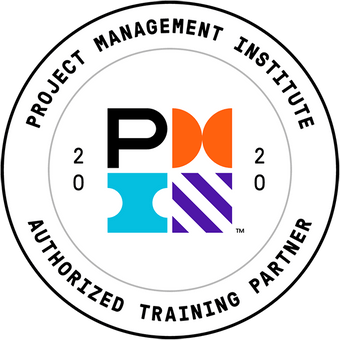Being able to communicate clearly is an indispensable skill in any industry or walk of life. This public speaking online training course will help you conquer your fear, polish your presentation and impress your peers!
Once enrolled, our friendly support team is here to help with any course-related inquiries.
Summary
- Skill level: Beginner
- Lessons: 36
- Pre-requisites: None
- Estimated study time: 9h for all materials
- Certificate: Yes
- Accredited by: CPD
- Video duration: 2h 43m
Features
Premium video tutorials
Personalized Learning
Learn at your own pace
Tests and Quizzes
Award winning instructors
Get Certified
Mobile - Learn on the go
Regularly updated content
Accreditations & Approvals
All courses under each learning path are accredited and approved by one or more of the following bodies as is applicable.



Instructors
All courses are taught by reputed trainers with relevant accreditations and industry experience.
Modules
Brainstorm Your Topics
Brainstorm every topic you want to cover in your speech.
How Many Points Should Your Presentation Cover?
Decide what key points your presentation will cover.
What is Your Water Cooler Message?
Plan what you want the key takeaway of your speech to be.
Benefits for Your Audience
Tell the audience how your speech will benefit them.
Writing a Speech
Avoid the most common mistakes people make in writing a speech.
Magical Phrase for Every Speech
Use relevant examples to illustrate your points.
Time to Rehearse Your Presentation
Become a better speaker by rehearsing your presentation on video.
There is No Such Thing as a PowerPoint Presentation
The goal of a PowerPoint presentation is the same as any presentation – to deliver a memorable message to the audience.
PowerPoint Slide Rules
Best practices for how many points, slides and images to use in a PowerPoint presentation.
Use Two Separate PowerPoints
Make your presentation easier to follow by reducing the amount of text used in your slides.
Animation, Video and Special Effects
Best practices for using animations and special effects in a presentation.
B is for Black
How and why to black out your screen during a PowerPoint presentation.
Time to Rehearse Your PowerPoint Presentation
Become a better speaker by rehearsing your PowerPoint presentation on video.
How to Eliminate Nervousness
The reasons people feel nervous about public speaking and how to reduce your nerves.
What to Do if You Don’t Like Your Voice
Why your voice sounds different in a recording and how to overcome a complex about how you sound.
How to Speak with Confidence
How to increase your confidence when speaking in front of an audience.
How to Start a Speech
Best practices and techniques for how to effectively start a speech.
How to Pace and Close a Speech
Best practices and techniques for how to pace and end a speech.
How Long Should Your Speech Be?
How to work with time limits and time reductions.
‘Tell Them What You are Going to Tell Them’ Approach
Caveats of telling the audience the same message repeatedly in a linear fashion.
How to Put Your Audience at Ease
How to make the audience and yourself feel comfortable during a presentation.
How to Choose Memorable Messages
Best practices for choosing messages tailored to the audience.
How to Use Humor in a Speech
Benefits and best practices of using humor in a speech.
How Should You Rehearse Your Speech?
Most effective methods for rehearsing your speech to get results.
How to Manage Time
How to manage time when preparing, rehearsing and giving your presentation.
How to Recover from a Memory Lapse
What you should do to stay cool, calm and collected during a memory lapse.
How to Manage Challenges from the Audience
How to manage an inattentive or disruptive audience member.
How to Remember What to Say
How to remember what to say without reading your speech word for word.
Learn by Critiquing Others
How observing and critiquing other public speakers can help you improve your speaking skills.
Time to Rehearse Your Presentation Again
Become a better speaker by rehearsing your presentation on video.
Stories Make Great Speeches
How to tell stories that make your speeches interesting and memorable.
Story Settings
How to describe the setting of your story to capture the audience’s imagination and memory.
Essential Story Elements: Dialogue and Conflict
How to use dialogue and conflict to make your story more effective.
Don’t Tell Stories, Relive Them
How to relive a story so that the audience can visualize and remember your messages.
Time to Rehearse Your Story
Become a better speaker by rehearsing your presentation on video.
Conclusion
Key takeaways for continuous improvement in public speaking.
Target Audience
- Graduates exploring placement in the entry-level Soft Skills positions across industries
- Professionals needing upskilling to be future-ready or become more productive in their current roles
- Experienced individuals exploring Public Speaking roles to join the workforce
How do I Access The Program
- Buy the course online
- Save your payment transaction receipt for any future reference
- Our team will share the credentials to enable you access your course online within 2 business days of payment transfer
Bulk Orders
Incase you are looking for bulk user licenses, or customized Learning Paths for various Job Roles, reach out to us with your detailed requirements.






Reviews
There are no reviews yet.